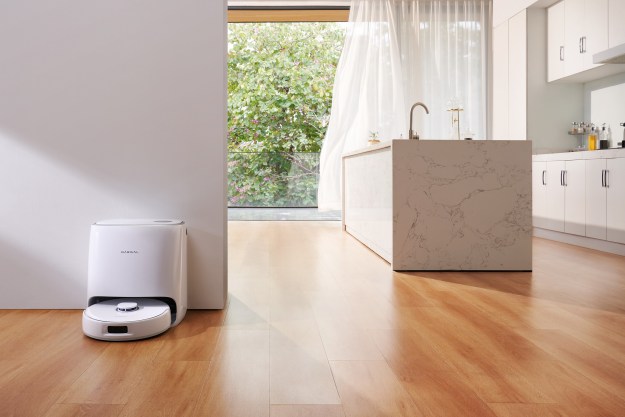Boy, if you thought Airbnb was effective at disrupting the hotel industry, just wait until they design and build your next house.
Airbnb founder Joe Gebbia announced through a press release and a wide-ranging interview with Fast Company that his company’s next trick will be a venture called “Backyard,” whose purpose is designing and building houses — more than likely in strange new ways that we’ve never really seen before.
“With Backyard, we’re using the same lens through which Airbnb was envisioned — the potential of space — and applying it more broadly to architecture and construction,” Gebbia said.

The initiative falls under the umbrella of Samara, Airbnb’s futuristic research and development division. The company describes the project as “an endeavor to design and prototype new ways of building and sharing homes.”
If Backyard’s houses are designed to be shared from the ground up, they must be built to be flexible to the needs of different occupants, meaning spaces that are adaptable and can be reconfigured to each person’s changing needs. The models already appear to feature modular floor plans, which would definitely lend themselves to modern prefabricated housing technology, and even interchangeable roofs. Smart, adaptable, and affordable would be a neat hat trick.
That is when you have to ask yourself what homes around the world are shared more than any other structure, up to and including hotels? Those would be homes that are meant to be listed on Airbnb.
In terms of vertical integration as well as diversification of its business, it’s kind of genius. Airbnb almost instantly becomes both a producer and a marketplace for selling homes and putting them on their own digital platform. Still, others think Backyard might be a means to take advantage of California’s new Accessory Dwelling regulations, which permit tiny homes in places like backyards.

Samara has already started assembling a team of architects, designers, and engineers to start designing and assembling prototype units. Gebbia told Fast Company that he envisioned the first wave of test units going public in 2019 but that it was too early to estimate a ballpark cost for each unit.
“Backyard investigates how buildings could utilize sophisticated manufacturing techniques, smart-home technologies and gains vast insight from the Airbnb community to thoughtfully respond to changing owner or occupant needs over time,” Gebbia told Fast Company. “Backyard isn’t a house, it’s an initiative to rethink the home. Homes are complex, and we’re taking a broad approach — not just designing one thing, but a system that can do many things.”
When we interviewed author and journalist Leigh Gallagher about her book on Airbnb last year, she said that Gebbia is always looking for a nebulous idea he calls, “The thing after,” meaning an idea so radically different that it’s not even in the same category as Airbnb itself.
“The thing after” may be coming soon.


